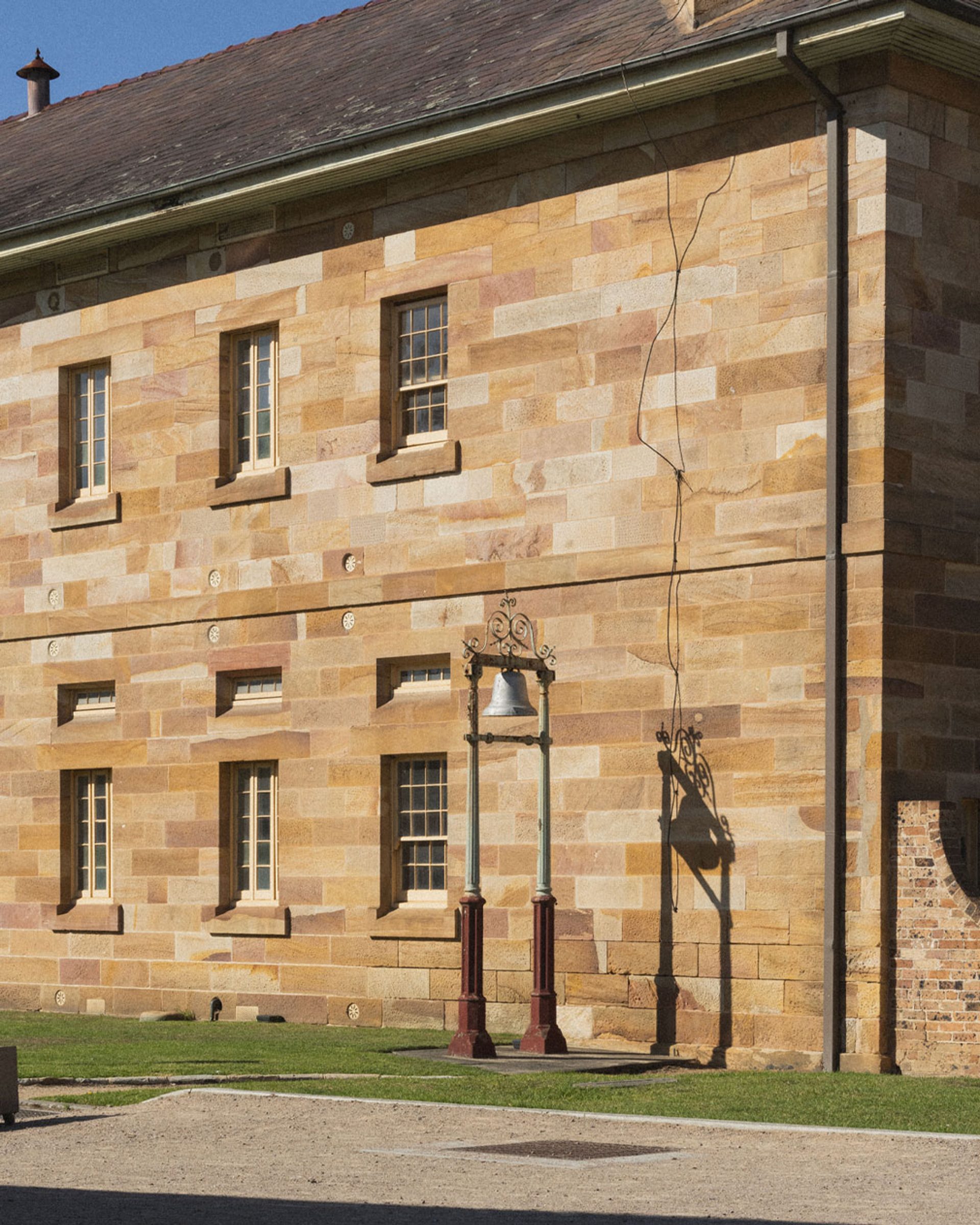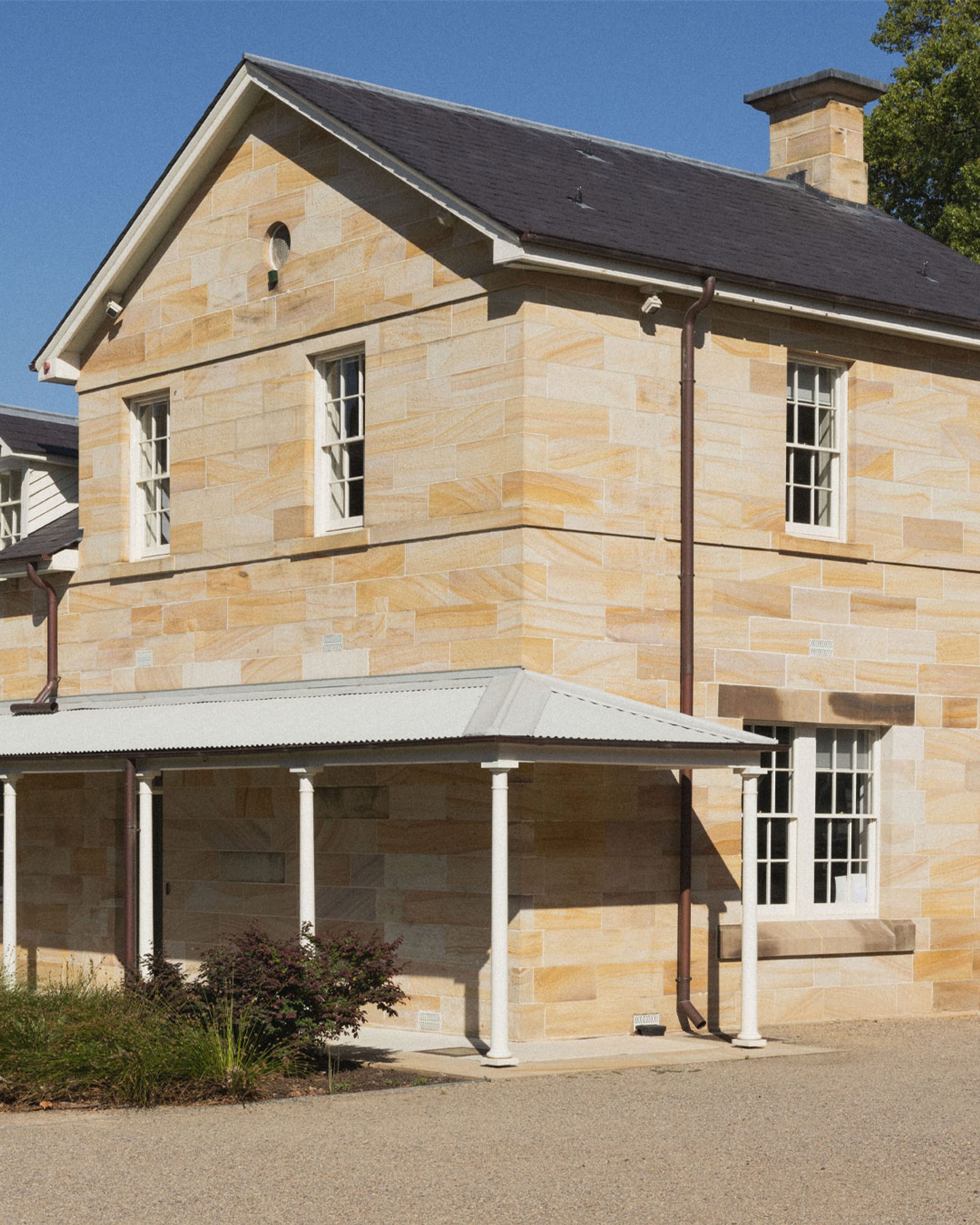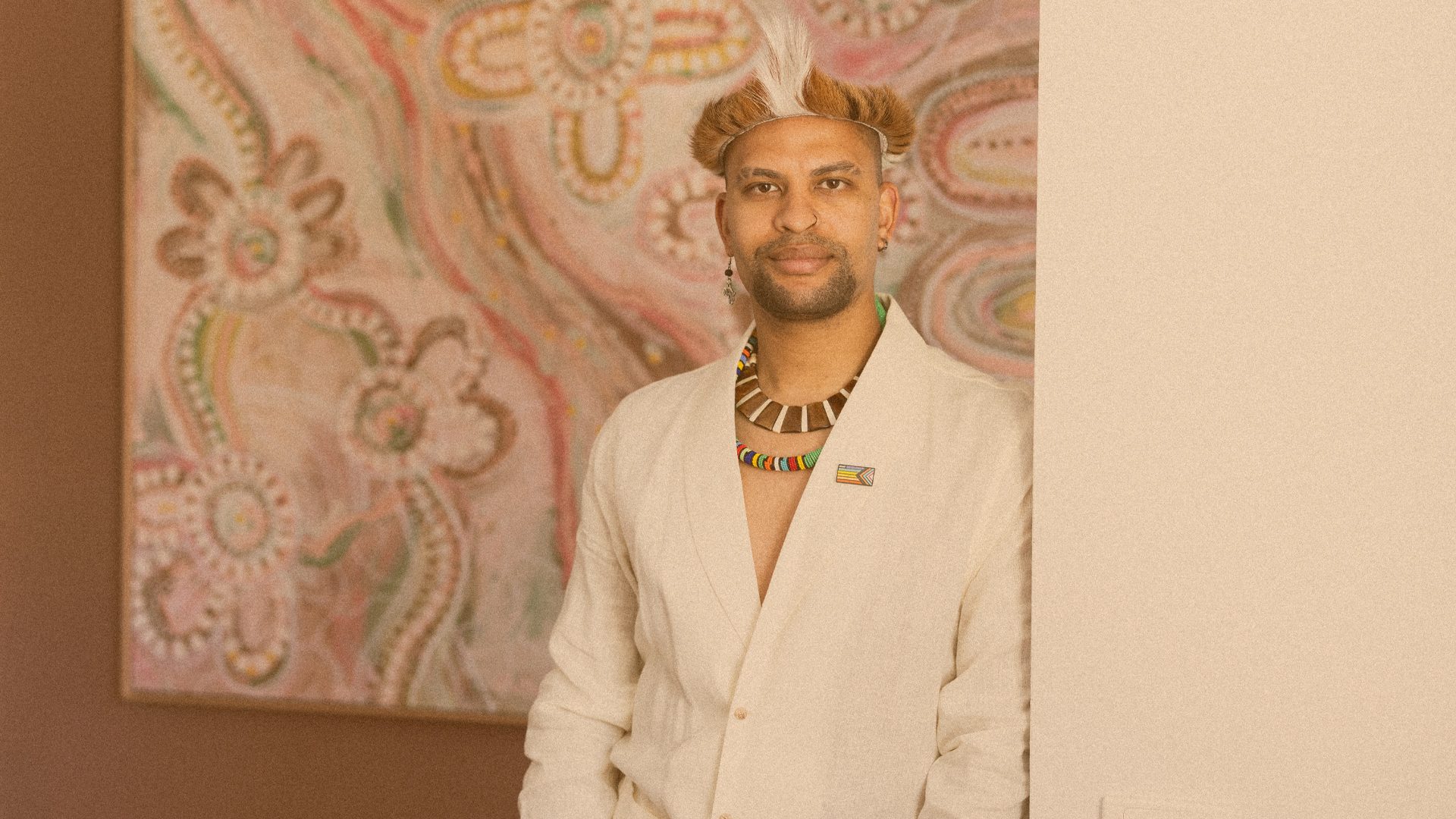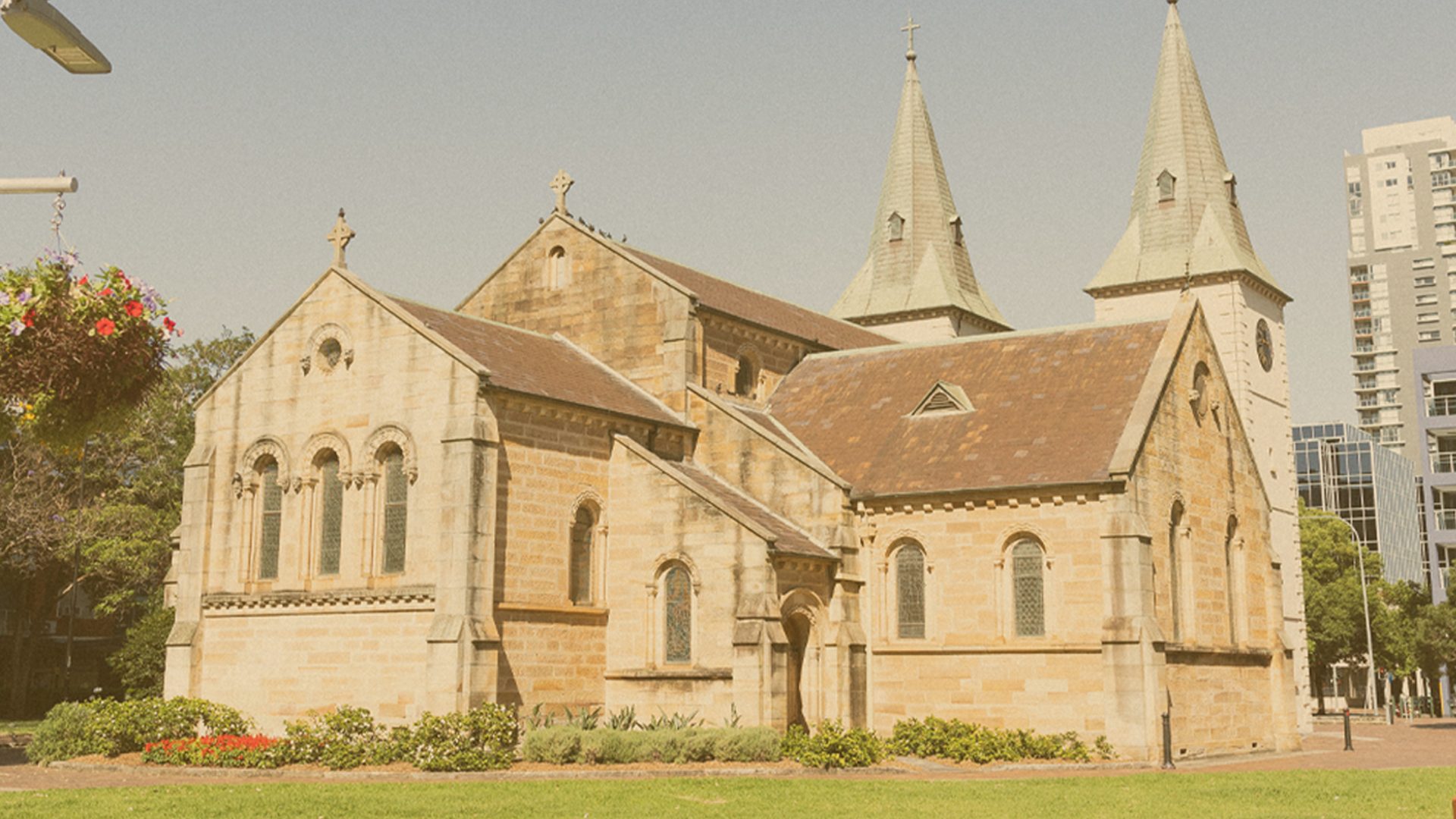Memories of the Past

The author and her aunt reflect on the nature of change as they visit places with meaning to them in Parramatta.
I collect Auntie from her home in Merrylands to drive into Parramatta. We plan to walk around the city together before reaching St John’s Cathedral ― where she and my uncle were married 50 years ago. Our family roots are strongly connected to the cathedral that now stares down the shadows of skyscrapers amid Church Street.
It's been over 30 years since I moved away from the area, yet every time I come to Parramatta it feels like coming home; it’s where the adults I love made their own vows of love publicly and where we all returned over and over to celebrate our family.
As we leave her house and thread our way down Pitt Street, Auntie regales me with tales of her as a teenager in the mid-1960s, when she would walk into Parramatta from Guildford on a Saturday to hang out with friends at what was then Grace Brothers.
It's been over 30 years since I moved away from the area, yet every time I come to Parramatta it feels like coming home.
‘There wasn’t a Westfield then, and Grace Brothers was a stand-alone store,’ she says. ‘I would walk with my girlfriends to save the bus fare. We’d browse in the stores but rarely buy anything.’ Going into Parramatta was mostly about hanging out with friends, rather than spending money buying food or clothes. This is the thing about my Auntie: she splices historical detail into innocuous conversation. The history of Parramatta is something she knows and loves sharing wholeheartedly.


The restoration of the Female Factory grounds has drawn focus to the long-neglected history of this place, where thousands of women and children experienced the worst days of their lives. Originally designed as a female gaol over 200 years ago, it then became an asylum and invalid hospital.
Auntie recalls how many parts of the site were derelict for years and tells me that Cumberland Health used to be housed here. We sip on our almond milk latte and iced chai and talk about whether the regeneration of this area feels like gentrification. Auntie believes it’s good that women’s history is being seen for once.
‘It’s better to bring people here for other reasons and have them be able to reflect on the past, rather than demolish it and hide what was done,’ she says. We want to keep sitting in the garden to talk more about these remembered histories, but the weather has other ideas.
Rain hinders our plan to walk around to St John’s Cathedral, so I drive there instead. Taking numerous wrong turns, we both begin to realise this is not the Parramatta we remember. We make our way to the south side of the river, driving past what was the old Greater Union Cinemas, before it morphed into the Event multiplex inside Westfield.
We make our way to the south side of the river, driving past what was the old Greater Union Cinemas, before it morphed into the Event multiplex inside Westfield.
Auntie talks about working in the candy bar back when it was called the Astra, excitedly telling me how they had the DeLorean time machine there for the premiere of Back to the Future in 1985. She continued working there after the original Astra was demolished and Greater Union reopened. I’d watch movies free of charge while she worked and used to help her in the candy bar ― something neither of us can believe was allowed. We giggle at the thought of all the OH&S rules this would now break.
How different the world was then.


Our afternoon ends at the grounds of St John’s Cathedral. Auntie tells me she and my uncle chose this church for their wedding because my own parents had been married there in October 1973. By the time of this second wedding in June 1974, I had also been christened in the church.
We talk about her wedding day and how different Church Street was in 1974, back when it was still open to cars, with wrought iron gates encircling the church and its grounds.
We talk about her wedding day and how different Church Street was in 1974, back when it was still open to cars, with wrought iron gates encircling the church and its grounds. Auntie feels like the grounds of the Cathedral used to be much larger. I remember having lunchtime picnics with her here. Sometimes we would buy a treat at the takeaway shop across the road, down by the Town Hall. How small and overwhelmed the Town Hall looks now. Auntie makes fun of the colours and design of the new library building. As she laughs at the garish colours and stark angles, she too looks smaller than I remember.
When we stand in the shadow of the place where she began married life, Auntie seems swallowed by the sadness of a lost Parramatta in her past. This is her first visit into Parramatta CBD since the first lockdown in 2020. I ask if she wants to walk through the new plaza that connects the church to the university and train station, and with a quiet sadness she says no.



To her, something was lost with the arrival of so many corporate buildings. ‘It’s a little cold,’ she says, ‘I’m sorry, that’s probably not what anyone wants to hear’. I can’t say anything to convince her she's wrong.
As we turn and make our way back to the car, she asks, ‘But where do the families spend their time now?’ We discuss the loss of third spaces like parks and playgrounds as we both recall the water fountain that used to be on the edge of the mall near Macquarie Street. She laughs at the memory of only having to take her eye off us for a second to then be faced with wet, soggy, laughing children. Today there are no children, and neither of us can tell if this is normal.
When we think of cities it’s easy to define them by their geography, their buildings or their commercial importance. Yet we could argue that cities are defined by the people who live, work and raise families within their imagined boundaries.
Later that night, Auntie texts me to apologise for being negative about the city centre. It saddens me that she seems to have lost her connection to this city, as she has aged and it has reinvented itself.
When we think of cities it’s easy to define them by their geography, their buildings or their commercial importance. Yet we could argue that cities are defined by the people who live, work and raise families within their imagined boundaries. If that’s the case with Parramatta, what does it mean that a woman who has seen Parramatta grow across half a century can no longer connect herself to it? She tells me she prefers the Female Factory to the city centre. ‘It still has its heart,’ she says.
A few days later Auntie texts me again asking, ‘If you don’t mind, I would like you to take me back so I can walk around like you asked. I want to give it another chance?’ And I think maybe I was wrong about her not belonging to modern Parramatta.
But Auntie has since become quite ill and we haven’t made it back. Our day together may be the last memories she makes with Parramatta.
And me? I keep getting called to St John’s Cathedral as I spend my days in and around the city. Running across the lawn in the rain, or pausing at the gates to let the sun warm my face, I am never alone; always accompanied by my Auntie and mother guiding each other, their bridal veils streaming behind them, entering the church to be married.
About the Author
Narelle Roberts is a high school English teacher turned creative writer and poet. She is currently undertaking a Master of Creative Writing at Western Sydney University, with plans to complete a Doctor of Creative Arts. Roberts is primarily focused on writing creative non-fiction, exploring ideas of family, memory and self-reflection. She is intrigued by the differences between the internal and external stories we tell ourselves and others.
About the Series
Parramatta Profiles is a writing and photographic series that profiles individuals across Parramatta communities. Drawing on art, music, religion, activism and sport, each snapshot captures life in this dynamic city. A collaboration between Powerhouse and the Writing and Society Research Centre, Western Sydney University, this project supports the development of student writers by providing an opportunity to work with professional editors and be published by Powerhouse online.



























